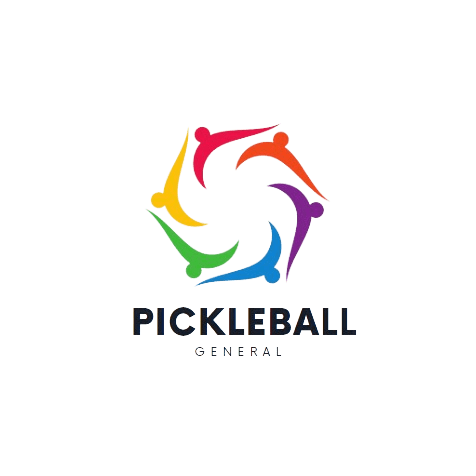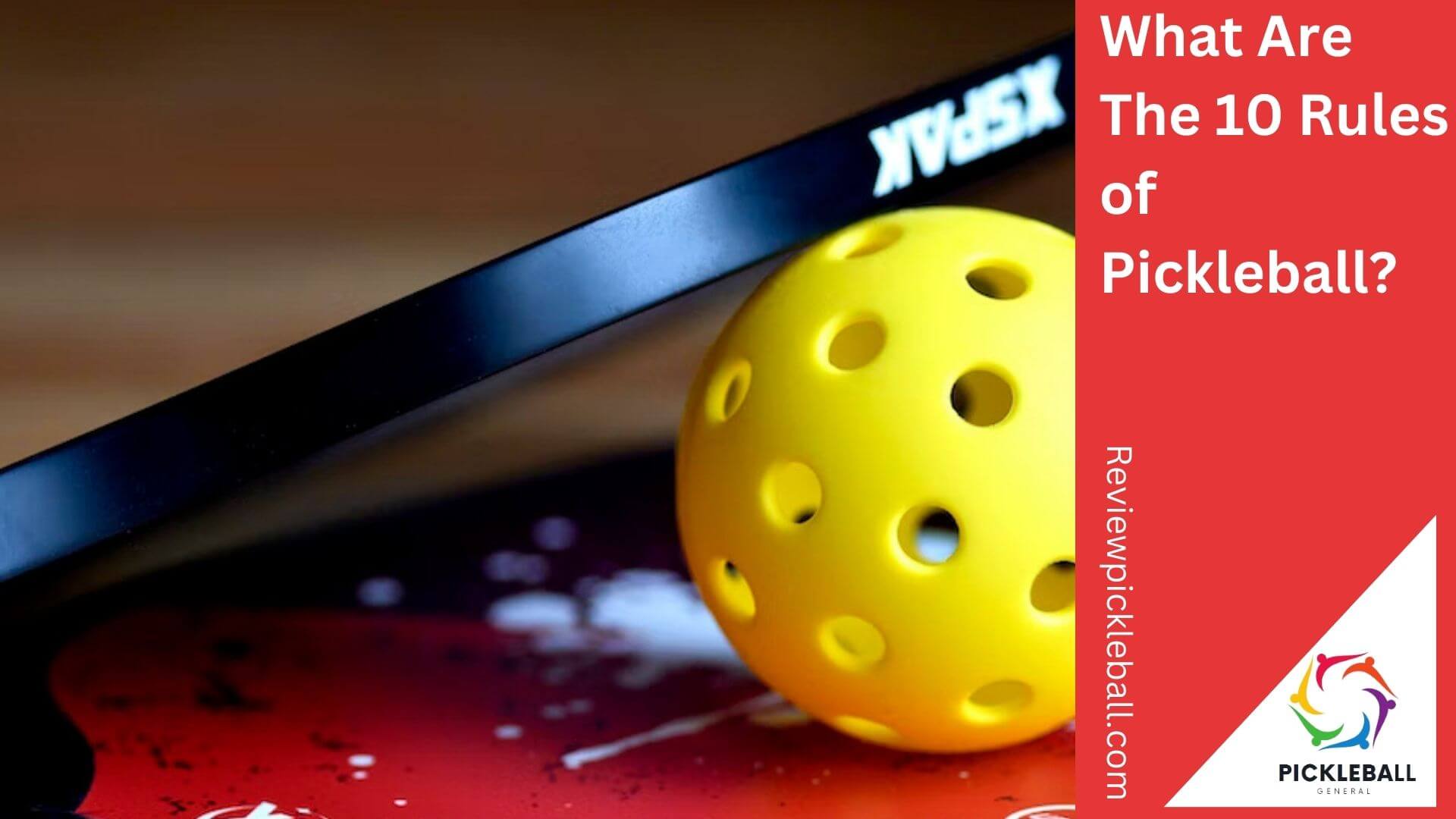Pickleball, a paddle sport combining elements of tennis, badminton, and table tennis, has been gaining popularity worldwide. Whether you’re a seasoned player or a beginner, understanding the game’s fundamental rules is crucial. Here, we’ll explore the ten essential rules of pickleball to help you get started or refine your skills.
The 10 Rules of Pickleball: You Must Need To Know!
1. The Serve
How To Serve
The serve in pickleball is executed underhand and diagonally across the court. The server must keep one foot behind the baseline and hit the ball below waist level. The serve must clear the non-volley zone, the kitchen, and land in the diagonally opposite service court.
Serving Sequence
Players must serve from the right-hand court when their score is even and from the left-hand court when their score is odd. In doubles, each player serves until a fault is made, then the serve passes to the opposing team.
2. The Two-Bounce Rule
The two-bounce rule ensures fair play and rallies in pickleball. After the serve, the receiving team must let the ball bounce once before returning it, and the serving team must also let it bounce once before hitting it back. This rule prevents aggressive serves and promotes strategic play.
3. Non-Volley Zone (The Kitchen)
Definition
The non-volley zone, or the kitchen, is a seven-foot area on both sides of the net. Players cannot volley the ball (hit it in the air without letting it bounce) while standing in this zone.
Entering the Kitchen
Players can enter the kitchen to play a ball that has bounced but must exit before volleying. This rule prevents spiking and promotes longer rallies.
Also Read: Pickleball Kitchen Rules
4. Scoring
Points System
Pickleball uses a rally scoring system. Points can only be scored by the serving team. Games are typically played to 11 points, and a team must win by at least two points.
Calling the Score
Before serving, the server must announce the score, stating their team’s score first, followed by the opponent’s score. In doubles, the server also calls out their server number (1 or 2).
5. Faults
A fault in pickleball is any action that stops play because of a rule violation. Common faults include:
- Serving the ball into the net or out of bounds.
- Volleying the ball before it has bounced once on each side after the serve.
- Stepping into the kitchen and volleying the ball.
6. Double Hits
Players are not allowed to hit the ball twice in succession. If a team member strikes the ball and inadvertently contacts their partner or paddle, it’s considered a fault, and the opposing team earns a point.
7. Line Calls
In pickleball, the ball is considered “in” if it lands on any part of the line. Players are responsible for making their line calls. If there’s any doubt, the call should favor the opposing team. Honesty and sportsmanship are key in making accurate line calls.
8. Court Dimensions and Equipment
Court Size
A standard pickleball court measures 20 feet by 44 feet, the same size for both singles and doubles play. The net height is 36 inches at the sidelines and 34 inches in the middle.
Paddles and Balls
Pickleball paddles are typically made of lightweight materials like wood or composite. The ball is similar to a whiffle ball, with holes and a smooth surface, designed to produce a slower flight compared to tennis balls.
9. Singles vs. Doubles
The rules for singles and doubles are mostly the same, with a few distinctions. In singles, each player serves from the right-hand court when their score is even and the left-hand court when it’s odd. Doublesplay requires more strategic positioning and teamwork.
10. Etiquette and Sportsmanship
Good sportsmanship is vital in pickleball. Players should respect their opponents, avoid disputing calls, and ensure fair play. It’s also important to wait for your turn and give the server time to prepare. This fosters a friendly and competitive environment.
Conclusion
Understanding these ten essential rules of pickleball will enhance your enjoyment of the game and help you play more effectively. Whether you’re playing casually with friends or in a competitive setting, adhering to these guidelines ensures a fair and fun experience for everyone involved.
Also Read: Rules Of Pickleball Doubles

